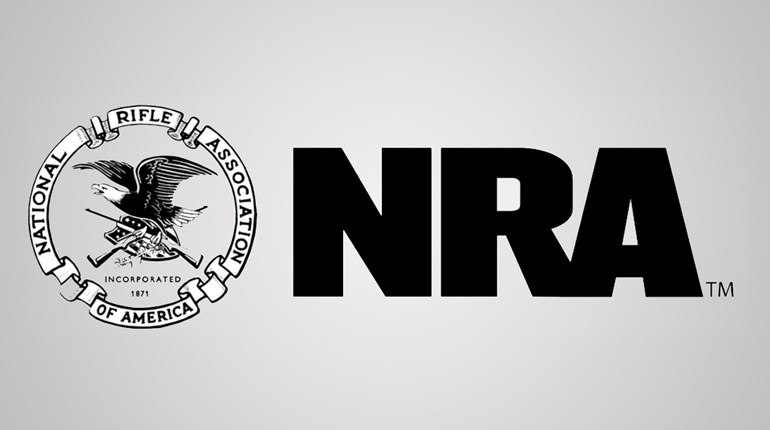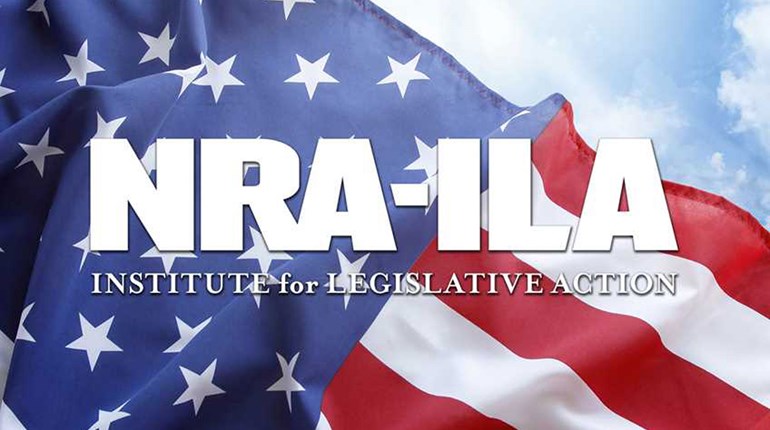
Q: I hunt in several states and usually travel by commercial airline. What is the legal procedure for transporting firearms by public transit, specifically on commercial airlines?
A: According to NRA-ILA, the Transportation Security Administration (TSA) has established specific requirements for transporting firearms and ammunition on commercial aircraft, including the following:
All firearms and ammunition must be checked with the air carrier as luggage or inside checked luggage. Firearms, firearm parts and ammunition are prohibited from carry-on baggage. Firearm parts include barrels, frames and other internal parts of a firearm.Gun owners are strongly encouraged to double-check all baggage, even when not traveling with firearms. This is particularly important if luggage bags also serve as range bags or are used to transport firearms and/or ammunition at other times. Inadvertently leaving ammunition or a firearm in a carry-on bag will result in serious delays at security points, and potential civil or criminal penalties.
All firearms and/or ammunition must be declared orally or in writing in accordance with the air carrier’s procedures. Civil and criminal penalties may be applied for failure to declare a firearm in checked baggage.
All firearms must be unloaded.
The firearm must be carried in a hard-sided container. The container must be locked and only the passenger may retain the key or combination.
All checked baggage is subject to inspection. If during the inspection process it is necessary to open the container, the air carrier is required to locate the passenger and the passenger must unlock the container for further inspection. The firearm may not be transported if the passenger cannot be located to unlock the container. If you are traveling with a firearm, pay close attention to airport pages and announcements. If requested, provide the cooperation necessary to inspect your firearm.
Ammunition is prohibited from carry-on luggage. Ammunition must be transported in the manufacturer’s packaging or other packaging suitable for transport. Consult your air carrier to determine quantity limitations and whether the ammunition must be packed separately from the firearm. Because the level of training among airline personnel varies widely, passengers would be well advised to bring printed copies of firearms rules from both TSA and the particular airline being used.
Finally, the United States Department of Justice has issued a written opinion that federal law protects airline travelers with firearms, assuming: (1) the person is traveling from somewhere he or she may lawfully possess and carry a firearm; (2) en route to the airport the firearm is unloaded and inaccessible from the passenger compartment of the person’s vehicle; (3) the person transports the firearm directly from his vehicle to the airline check-in desk without any interruption in the transportation, and (4) the firearm is carried to the check-in desk unloaded and in a locked container.
Special Advisory for New York and New Jersey Airports: Despite federal law that protects travelers, authorities at JFK, La Guardia, Newark and Albany airports have been known to enforce state and local firearms laws against airline travelers who are merely passing through the jurisdiction. In some cases, even persons traveling in full compliance with federal law have been arrested or threatened with arrest. The Firearms Owners' Protection Act (FOPA) has been substantially narrowed by court decisions, and persons traveling with firearms may want to avoid New York and New Jersey or make arrangements to ship their firearms to their destination, rather than bringing them through these jurisdictions.
Otherwise, travelers should strictly comply with FOPA and with airline and TSA policies regarding firearms transportation, avoid any unnecessary deviations on the way to checking in their baggage, be well acquainted with the firearm laws of the jurisdictions between which they are traveling, have any necessary permits or licenses ready for inspection, and have copies of relevant provisions of current law or reciprocity information printed from official sources.
Note: Please keep in mind that Federal and state firearm, and airline laws are subject to frequent change, and this summary is not to be considered as legal advice or a restatement. Before you plan your trip, make sure to determine the applicability of these laws to specific situations which you may encounter, or consult a local attorney. For more information check out NRA-ILA's Guide to the Interstate Transportation of Firearms.





































